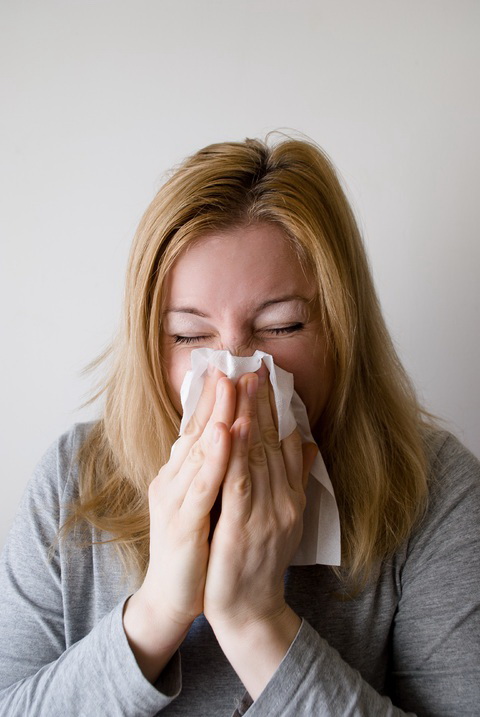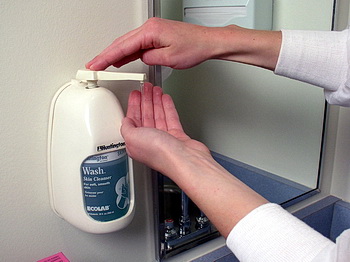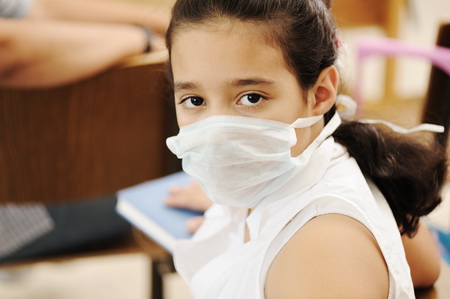About Coronavirus
If there are not enough problems in the world, we now have to deal with a potentially deadly virus that is spreading throughout the world. Known as 2019 n-CoV (AKA Coronavirus), there is no known cure, but rest assured that at this time in the United States, the danger of catching this disease is very minimal.
Additionally, the latest analysis of patients who have contracted the virus are mostly the elderly, people who have existing health conditions which include those who have a deficiency within their immune system. Let’s read on to find out more about this disease and what we can do about it!
Where Did It Start?
Towards the end of the year 2019, several cases of pneumonia were reported in Wuhan City in the Hubei Province of China. The virus causing this condition was distinct and did not match any known viruses. This raised concerns as no one was aware of how the virus would affect humans.
A week later, on the 7th of January 2020, Chinese officials confirmed the identification of the new virus. It was named 2019 n-CoV. Since then, the World Health Organization has been working closely with Chinese authorities and other international medical organizations in finding more about this virus.
As of this writing,
-
-
- More than 300 deaths have been recorded in China
- Over 4,000 people around the world have been affected by the virus
- 110 people in the US were evaluated for the virus and five were confirmed
- The virus continues to be a global threat affecting people in 11 countries around the world.
- Global stock markets experience turbulence as 2019- nCoV continues to spread.
-
What is Coronavirus?

Coronavirus belongs to the family of viruses that are common in various species of animals. Earlier, it was reported that the virus circulates in animals and had some links with seafood and animal markets. However, there was a growing number of patients reported that they had no exposure to the animal market. This indicates that the virus is spreading through person-to-person contact. But so far, it is too early to conclude how it is spreading.
In humans, these viruses can cause illnesses ranging from the common cold and flu to diseases such as pneumonia, Severe Acute Respiratory Syndrome (SARS) and Middle East Respiratory Syndrome (MERS). The new virus identified by the Chinese authorities has been temporarily named as novel coronavirus (2019- nCoV) and is the seventh type of coronavirus which has affected humans.
According to the WHO situation report 7, it is estimated that the incubation period of the virus ranges between two and ten days. However, this is just an estimate and further investigation is required. An understanding of the incubation period will allow medical practitioners to control the growth of the virus in the human body.
Transmission
Since the virus is commonly found in animals, it rarely infects people. But so far, it is believed that the virus is spreading through person-to-person contact. Similar to how it spreads with SARS and MERS, it is believed that respiratory droplets are the agents of transmission. Coughing and sneezing can contribute towards the spread; however, in the case of SARS and MERS, the transmission as a result of close contact. No such conclusions can be drawn regarding 2019 – nCoV, but the CDC, WHO, and other local and global authorities are trying to learn more about its behavior.
Symptoms
The virus can cause infections with a range of symptoms. Infected people can have little or no symptoms, but some people can have severe symptoms including:
-
-
- Shortness of breath
- Cough
- Fever
- Acute respiratory tract infections
-
Prevention and Treatment
Currently, there is no treatment for the condition. Patients diagnosed with 2019 – nCoV usually receive support to relieve the symptoms however, there is no specific antiviral treatment that is recommended at this time.
Additionally, there is no preventive vaccine that can prevent this infection, so the best way to prevent it is to simply do your best to avoid exposure. The World Health Organization (WHO) and CDC provide the following recommendations:

-
-
- Wash your hands thoroughly with soap and water for at least 20 seconds
- In case water and soap are not available, use an alcohol-based sanitizer. The sanitizer must have at least 60% alcohol.
- Avoid unnecessary touching of nose, eyes, and mouth especially with unwashed hands.
- Avoid contact with people who are sick and have flu-like symptoms.
- When sneezing or coughing, cover your mouth and nose with a tissue or flexed elbow. Immediately throw out the tissue and thoroughly wash hands.
- Thoroughly cook meat and eggs.
- Avoid unnecessary contact with animals.
- Wear face masks in public areas, especially in locations such as airports, subways and elevators.
- Cancel all non-urgent travel to China and neighboring countries.
-
Follow the John Hopkins interactive map on how the coronavirus is spreading.
What’s Happening in China Right Now?

With 4,451 confirmed and 5,794 suspected cases in China, the state is facing an emergency situation. Almost 20 cities are facing travel restrictions. Screening statioWildlife trade has been banned. Authorities have also postponed the new session for schools and colleges nationwide.
What’s Being Done in the US?
The CDC is screening all travelers from Wuhan and other parts of China at several airports throughout the country. They also recommend avoiding unnecessary travel to Hubei province in China. It is expected that almost three dozen diplomats and their families will evacuate the region. The CDC is also monitoring at least 100 people in two states in the US.
Global Impact
The US and other countries are working to evacuate their citizens. The Philippines announced that they will stop issuing an on-arrival visa to all Chinese travelers. However, the virus has already affected 11 more countries outside of China. So far, 47 confirmed cases of 2019 n-CoV have been reported, with five in the US and three in France. The virus is spreading not only in the immediate neighboring regions of China but is also affecting other countries including Canada and Australia. Thus, on a global level, the risk assessment of this virus is high.
Conclusion
The World Health Organization is meticulously working towards knowing more about the virus. Local authorities and global researchers are also joining hands to find a solution to this deadly virus. New information will certainly help in finding ways to control the spread of the coronavirus and to save the lives of people not only in China but around the world.
